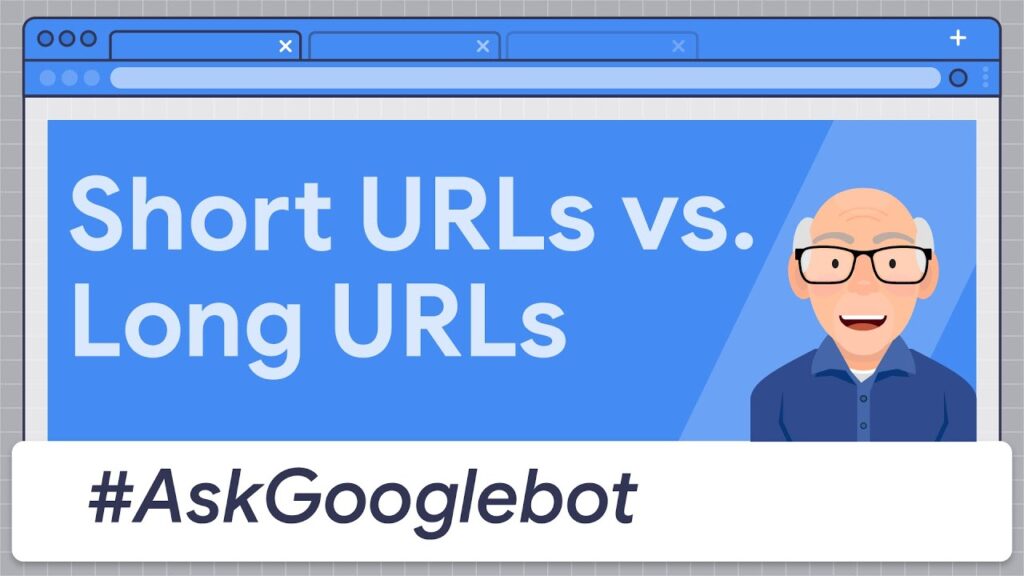How to structure a blog post
Table of contents
- Introduction
- The importance of structure in a blog post
- A clear introduction
- Using titles
- Keep it simple
- Use your voice
- Let it be the length it needs to be
- Use compelling images
- Have a conclusion
- Before you start writing…
- Conclusion
- FAQ
Introduction
In today’s digital world, where every company aspires to improve its online visibility, effectively structuring a blog post is not only crucial, it’s essential. With millions of articles published every day, how do you make yours stand out? How do you structure a blog post so that it captivates and engages your target audience from the very first glance? That’s exactly what this article will help you understand.

The importance of structure in a blog post
Did you know that a well thought-out blog post structure is like the framework of a solid house? Without it, even the most compelling content might not hold readers’ attention. A clear structure guides your readers, helping them to skim the article to find what interests them, and also improves search engine indexing, which is essential for any successful SEO strategy, especially for Koanthic Semantic customers looking to improve their online visibility and optimize their ROI.
A clear introduction
A successful blog post starts with a powerful introduction. This is where you lay the foundations of your topic, captivate your audience and promise useful information. For SMEs or startups, an introduction should also establish their credibility. Sharing a personal anecdote or statistic can establish your expertise and entice the reader to read further.
It’s all about quickly answering the question: why is this important to the reader? At Koanthic Semantic, we understand that it’s in these first words that interest or disaffection is at stake, hence our insistence on a well-crafted introduction.
Using titles
Well-chosen headlines act like smoke signals in a blog post, guiding your readers through your content. They make for quick reading and help maintain engagement. For a company looking to improve its online visibility, the use of headlines incorporating keywords is crucial. A good sub-heading can turn a passive reader into an active participant, which is often the goal for the e-businesses or agencies we support.
| Title | Function |
|———–|————–|
| H1 | Main title of the article. |
| H2 | Divides the article into sections. |
| H3 | Subdivisions of H2 if necessary. |
Keep it simple
It can’t be said often enough: simplicity is key. In a world where attention is measured in seconds, every sentence needs to be clear and concise. To appeal to a wide audience, especially in the case of NGOs or SaaS industry figures, avoid complex technical jargon. Keep your sentences short, and your ideas logical and fluid.
Use your voice
What makes each article unique is the voice of its author. By recounting your own experience or sharing your way of seeing things, you create a connection with the reader. This is particularly relevant for professionals and consultants who want to establish a relationship of trust through their content. At Koanthic Semantic, we encourage our customers to let their identity shine through in their articles, because it’s this personal touch that can convert a visitor into a customer.
Let it be the length it needs to be
It ‘s often said that the Internet favors short content, but this isn’t always true. Google appreciates













